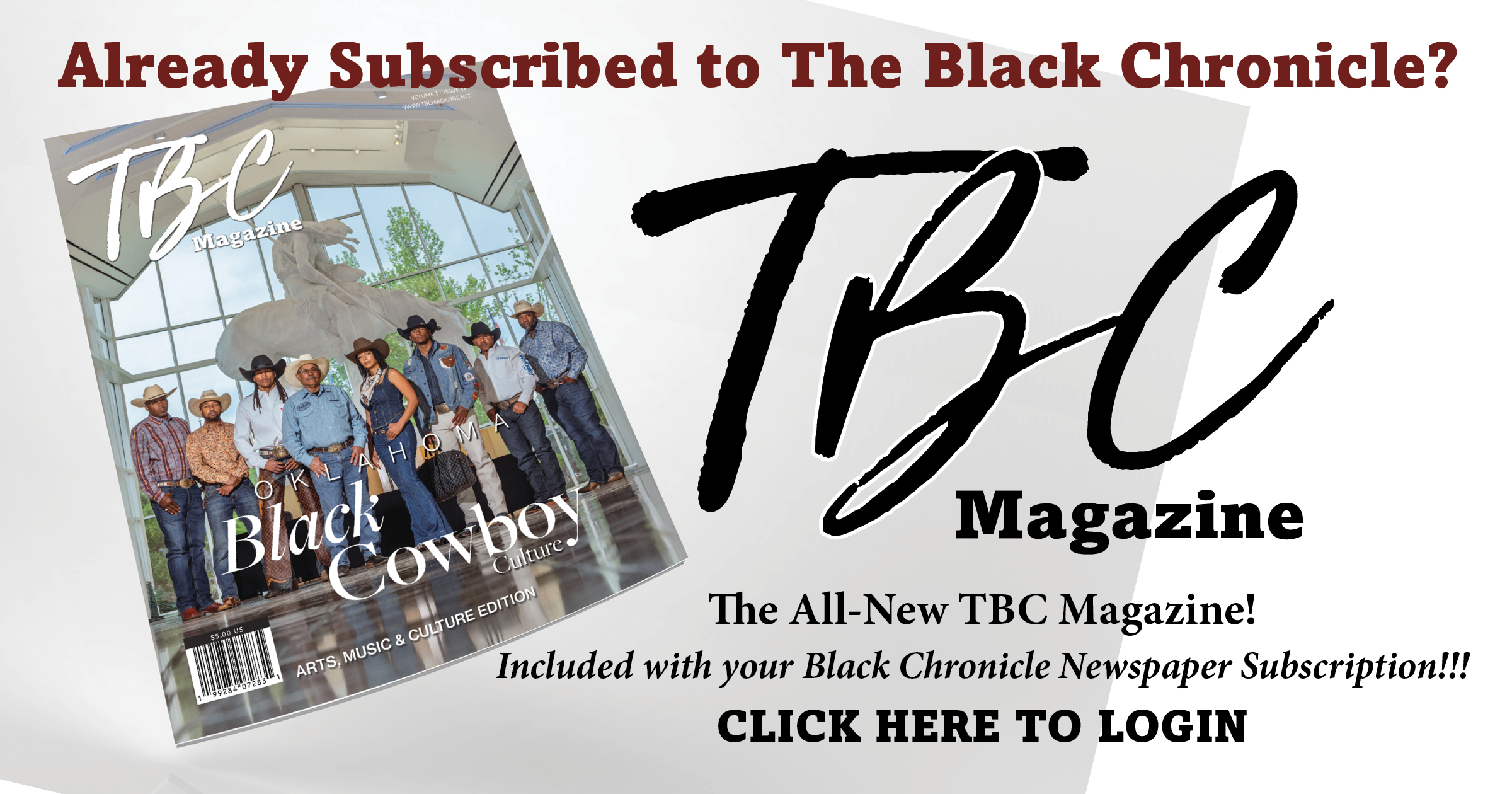In 2021, West Virginia lit the spark that would turn into a flaming beacon of hope for American families. That was the year that the West Virginia legislature passed the Hope Scholarship Program into law, the first education freedom program in the nation available to nearly every K-12 student in a state.
This is why West Virginia State Board of Education President Paul Hardesty’s recent comments on school choice were so disappointing. At a recent board meeting, Hardesty attacked the Hope Scholarship and the American Legislative Exchange Council (ALEC) for allegedly seeking to “decimate public education.”
But Hardesty also encouraged the public not to take his word for anything and to fact-check him. Let’s do that.
First, let’s set the record straight on the Hope Scholarship, which has made West Virginia a leader in education freedom nationwide. In fact, ALEC’s 2025 Index of State Education Freedom placed West Virginia as the sixth best state in the country for parental empowerment through education freedom.
The goal of the Hope Scholarship is simple: allow families to choose the learning environment that best fits their students’ needs. For many, that will be their local public school. But for others, their student may achieve the most success in a nonpublic school, charter school, virtual school, microschool, homeschool, or another type of learning environment. For those families, their state education tax dollars should follow their students to the school that meets their needs.
Hardesty criticized the Hope Scholarship Program for its “out of control” costs. But the Hope Scholarship Program does not cost West Virginia taxpayers additional money. The program utilizes existing state education dollars so that they can follow a student to the school that will best meet their needs. Months after becoming law, more than 3,000 families were accepted into the program and each accepted student was awarded $4,298.60 for the 2022-2023 school year.
It’s also worth noting that only the state portion of education funding follows the student, while federal and local dollars are unaffected. This results in a Hope Scholarship being 34% of what would have otherwise been spent to teach the student in a public school.
Today, any student in West Virginia can obtain a Hope Scholarship so long as they attended a public school for at least 45 days in the previous school year. Starting with the 2026-2027 school year, every student in West Virginia can use the Hope Scholarship Program, regardless of what school they previously attended.
Since the Hope Scholarship became law in West Virginia, 16 other states have joined in creating education freedom programs that are available to all, or nearly all, students in their state. The result? Twenty-two million kids, about 40% of K-12 students nationwide, now have access to an education freedom program.
Finally, let’s address Hardesty’s comment on ALEC. A 52-year-old organization, ALEC brings together business leaders, policy experts, and state legislators, who are guided by the nonpartisan principles of limited government, free markets, and federalism. ALEC policy priorities and recommendations are set by a National Board of Directors, which consists entirely of state legislators from around the country.
The men and women of ALEC believe that education freedom should be a reality for every student across America. Opponents of programs like the Hope Scholarship will often try to convince the public that there is a binary choice: either you support public schools, or you support education freedom. In reality, true education freedom can’t exist unless families have good public schools to choose from as well.
Government should not put families in a position where they are forced to send their child to a school that doesn’t work for them. Simply put: all families should have access to all forms of learning – regardless of their income level or zip code. Not only does this put our students in the best position to succeed, but it also brings out the best in our schools.





